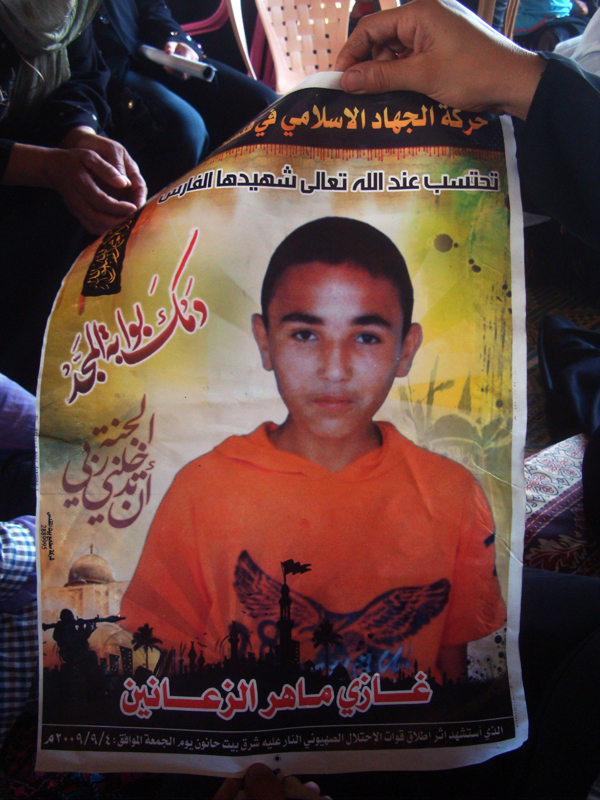| Sunday, 12 May 2013 00:00 | ||||||||||||||||||||||||||||||||||||||||||||||||||||||||||||||||||||||||||||||||||||||||||||||||
PCHR Fact Sheet April
2013
Following
disengagement from the Gaza Strip in September 2005, Israel unilaterally and
illegally established a so-called “buffer zone”, an area prohibited to
Palestinians along the land and sea borders of the Gaza Strip. The precise area
designated by Israel as a “buffer zone” is not clear and this Israeli policy is
typically enforced with live fire. The establishment of the ‘buffer zone’ is
illegal under both Israeli and international law.
Preventing
Palestinians from accessing their lands and fishing areas violates numerous
provisions of international human rights law, including the right to work, the
right to an adequate standard of living, and the right to the highest
attainable standard of health. Enforcing the “buffer zone” through the use of
live fire often results in, inter alia,
the direct targeting of civilians and/or indiscriminate attacks, both of which
constitute war crimes.
Following the Israeli offensive on the Gaza Strip in November 2012, a ceasefire agreement between Israel and Palestinian armed groups was brokered by the Egyptian government, which included terms related to access to land and sea. In an online statement on 25 February 2013, the Israeli Coordinator of Government Activities in the Territories (COGAT) declared that fishermen could now access the sea up to six nautical miles offshore, and that farmers could now access lands in the border area up to 100m from the border fence. However, both references have since been removed from the statement. Then, on 21 March 2013, the Israeli forces’ spokesperson announced re-reducing the fishing area allowed for Palestinian fishermen from 6 nautical miles to 3 nautical miles. Nonetheless, the COGAT Monthly Report for November 2012 still states: “Following operation "Pillar of Defense" (November 14-21), a ceasefire was agreed upon; as a part of it and [sic] the fishing area in Gaza was increased from 3 miles to 6.” Regarding access to land, in correspondence with Gisha, on 11 March 2013, an Israeli spokesperson declared that “the residents of Gaza are required not to approach within 300m of the security fence”. These conflicting messages about the parameters of the “buffer zone”, particularly on land, have resulted in an increase of risk for the safety of civilians and their property in the border areas.
Dimensions
Impact
Attacks
April 2013
* These numbers do
not represent all the incursions into Palestinian waters by Israeli naval
forces, only the reported incidents. More often, the reported incidents involve
shooting, injury and/or killing.
Consequences of attacks
a. Deaths and injuries
April 2013
b. Property related violations
April 2013
c. Detention
April 2013
|
||||||||||||||||||||||||||||||||||||||||||||||||||||||||||||||||||||||||||||||||||||||||||||||||
Last Updated on Wednesday, 15 May 2013 10:37 |
Sunday, May 12, 2013
Gaza Strip: Attacks in the border areas and their consequences
PCHR



